
Farm Record Keeping
July 19, 2023, 1:36 pm
Farm record keeping is the documentation of activities on farms in a concise and comprehensible manner usually in a table format.
Farm records are important to farmers just as books are important to students. For farm records to be meaningful, they must be accurate, reliable and up-to-date. Badly kept records may therefore be misleading and make farmers take wrong decisions.

Importance of Keeping Farm Records
- Farm records can be used to assess the performance of animals and crops
- Farm records will show if progress is being made on the farm by comparing production, returns, profit and mortality (death), sales etc.
- Profitability of the farms can be assessed through record keeping
- Management activities can be assessed through record keeping
- Farm records can be used to secure credit
- Farm records can assist government in planning
- Keeping of proper records enables proper supervision of farm workers
- To monitor rules for recent bank loan and pattern of repayment of such loans
- To access the works of a farm at any point in time
Types of Farm Records and Account Books
- Production records
- Labour use book
- Livestock record book
- Livestock products and disposal book
- Health Records
- Cash/bank account book
- Farm purchases and sales book
- Profit and loss account book
- Animal identification records
- Farm diary
- Farm inventory
- Fertilizer application records
- Pesticide application records
Examples of Farm Records
Poultry Flock Record
This record would include number of birds in the flock, mortality and cause, culling record, sales, new stocks, feed etc. The breed of animals and date of stock would also be included
Broiler Production Record
This record aims to capture information of how the broilers are responding to the feed they eat and its effect on their health. The records include number of birds, mortality, type of feed given, quantity of feed given etc
| Date | Number of birds | Mortality | Feed | Cull | Age | Remarks |
Egg Production Record
This farm record aims to determine the relationship between the number of eggs laid and the quantity and quality of feed eaten. This record includes the number of birds, mortality and causes, type of feed given, date of feed given, number of eggs produced etc.
| Date | Number of birds | Mortality | Balance | Feed | Cull | Egg produced | Age | |
Animal Breeding Record
This farm record is maintained to know how the animals used on a farm are bred or produced. It captures information such as date of mating, method of mating, number of animals delivered or parturition, size of animals produced, weight of animal produced etc.
Animal Identification Record
This farm record is used on animal farms where animals are brought in from outside the farm. The record attaches an identity to each animal with information of their entry into the farm for tracking purposes. Some of the information captured in this type of record are animal identity number, gender of animal, date of birth, date of purchase etc.
| Animal No: |
| Sex: |
| Date of birth: |
| Date of purchase: |
| Dam number: |
| Sire number: |
| Withdrawal |
| Date: |
Performance Record (Male)
This farm record is mainly for breeding purposes. It is maintained to track how effective the male animals used in breeding are. The record contains information such as identity number of the animal, the date it mated, location of the mating process, number of females mated, number of animals produced from its mating etc.
| Male no | Date mated | Location | No of females mounted | No of parturitions | Litter size | |
Performance Record (Female)
This farm record is mainly for breeding purposes. It is maintained to track how effective the female animals used in breeding are. The record contains information such as identity number of the animal, the date it mated, location of the mating process, number of animals produced from its mating, size and weight of animals delivered etc.
| Female no | Date mated | Sire no | Location | Date of parturitions | Litter size | |
Treatment Record
This farm record is used to track sickness and diseases on a farm and how they were resolved or treated. The record typically contains identification number of animal, suspected ailment, date of treatment, drugs used for treatment, dosage of drugs used for treatment, frequency of treatment, duration of ailment etc.
| Animal I.D no | Suspected ailment | Date of treatment | Drug administered | Dose | Frequency of treatment | |
Daily Temperature and Humidity Record
This farm record is used to track how the temperature and humidity levels on a farm varies throughout a particular period on the farm.
Pullet Rearing Record
This farm record is used to track the performance of pullets on a poultry farm. The record tries to establish a relationship between how the pullets are growing with the feed and medications given to the pullets. The information typically contained in this record are number of birds, quantity of feed consumed, mortality and causes, type of medication given etc.
Pesticide Application Record
This farm record is used to track the application of pesticides on the farm. This record has four main categories: Location of application (area in the farm it was used), Pesticide product used (brand name, registration/serial number and active ingredients contained), Mixture recipe per product label (volume of pesticide concentrate used before mixing, volume of water used to mix the pesticide) and Application date (date and time the pesticide was applied)
| Location of application | Pesticide product used | Mixture recipe per product label | Date |
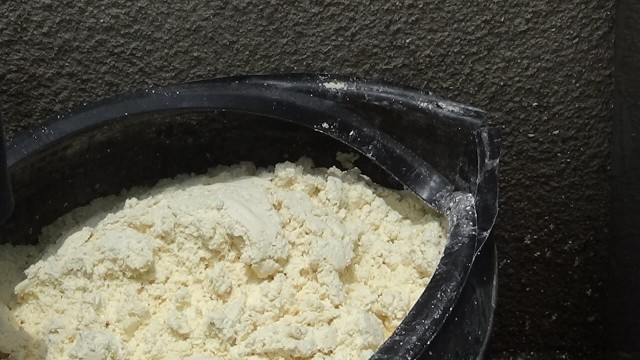
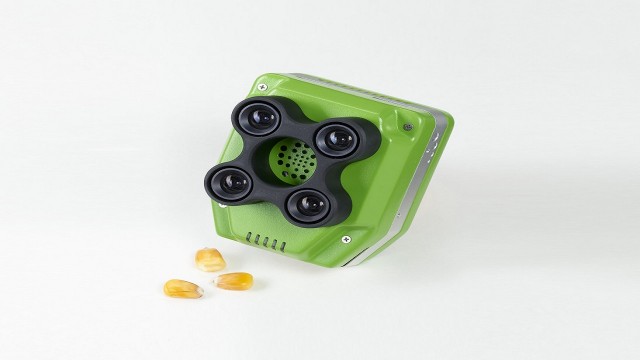

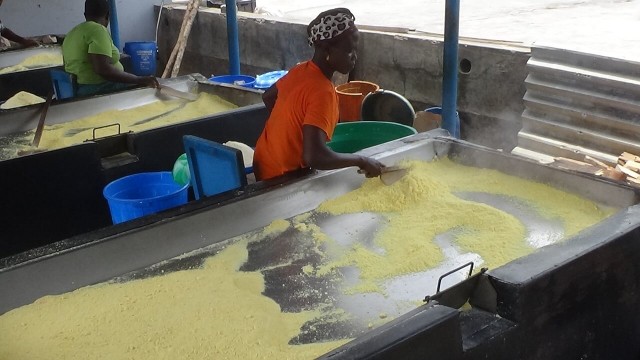

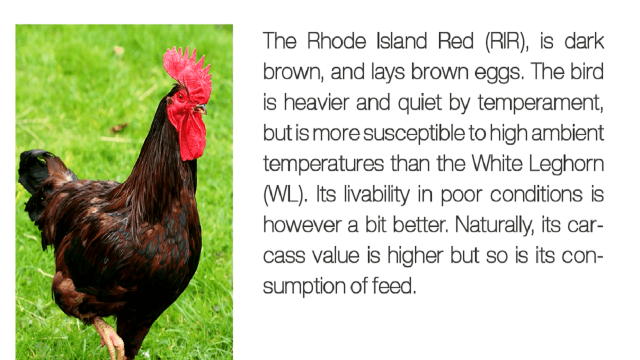
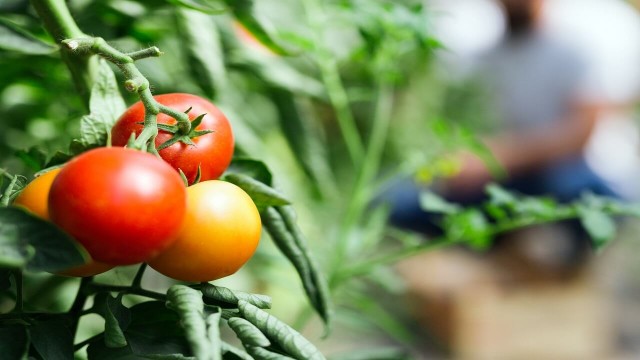
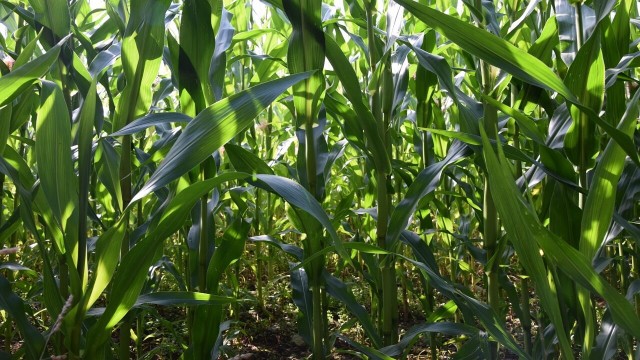
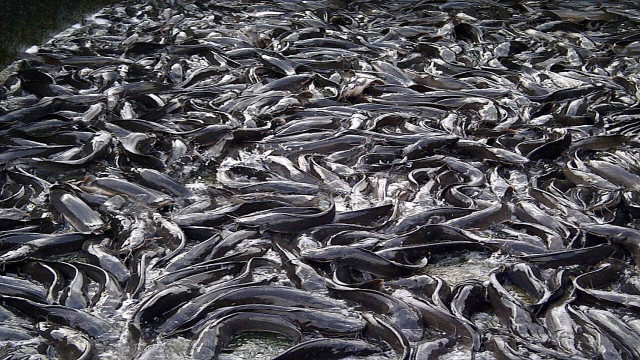
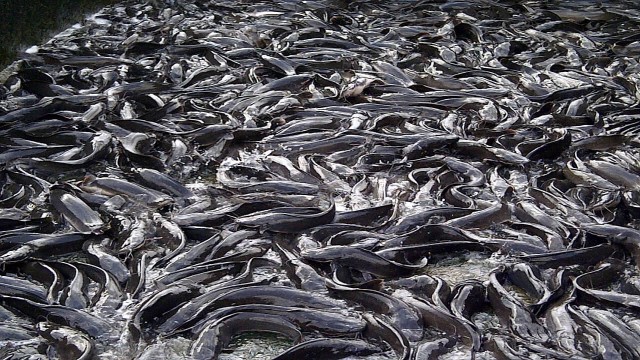
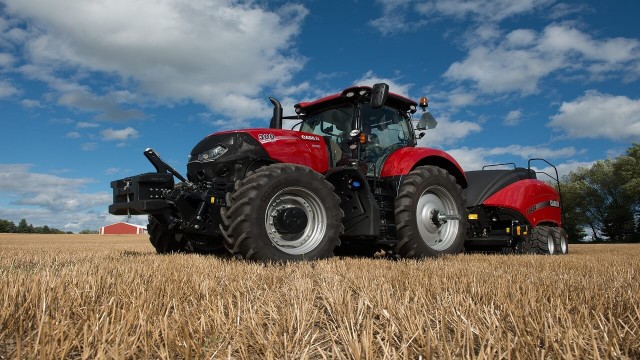
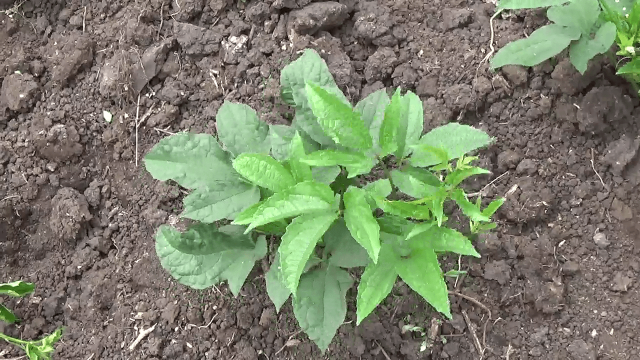
Share This Article: